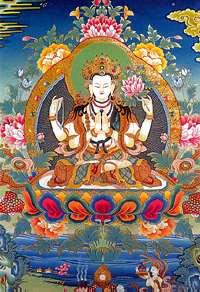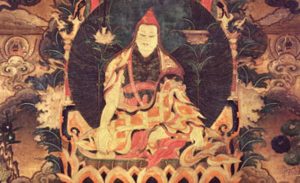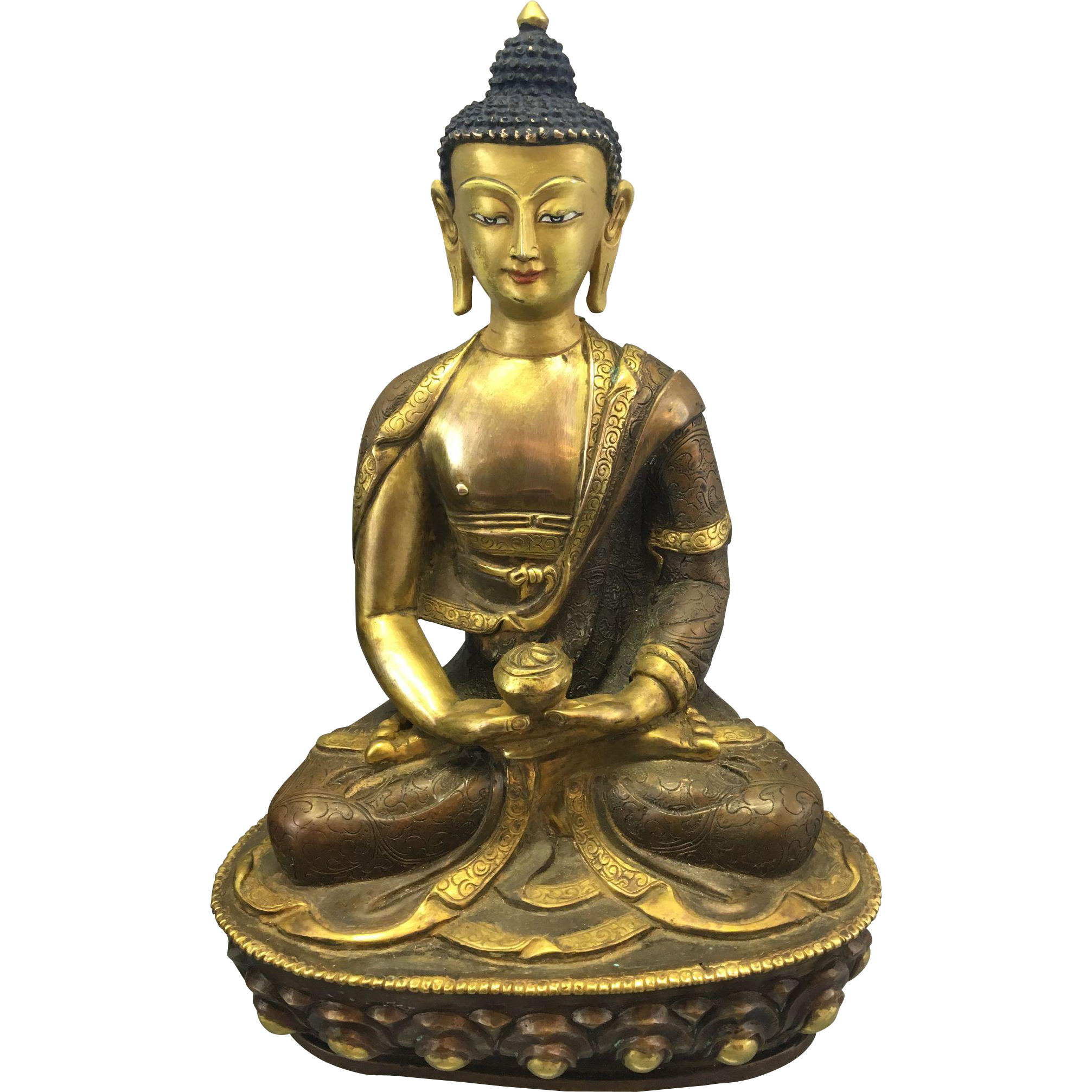Welcome to our seventh online suggested practise for the week. We are now broadcasting a live teaching each Monday evening. If you would like to participate please contact us using the contact form on the homepage.
1.0) If you feel so inclined, begin by reciting the usual prayers (please follow below links for text). Alternatively, try to think or articulate a wish for all beings to achieve liberation from suffering, etc .
-
Four Thoughts: contemplating each in turn – http://northantsbuddhists.com/the-four-thoughts/
-
Refuge Prayer: twice in Tibetan, once in English – http://northantsbuddhists.com/the-refuge-prayer/
2.0) Dharma

2.1) Generating Bodhicitta
A teaching given in 1979 by HH Ling Rinpoche – the late Senior Tutor to current Dalai Lama and a former head of the Gelug tradition of Tibetan Buddhism
WHAT PRECISELY IS BODHICITTA?
It is the mind strongly characterized by the aspiration, “For the sake of all sentient beings I must attain the state of full enlightenment.” While it’s easy to repeat these words to ourselves, bodhicitta is much deeper than that. It is a quality we cultivate systematically within our mind. Merely holding the thought “I must attain enlightenment for the sake of benefiting others” in mind without first cultivating its prerequisite causes, stages and basic foundations will not give birth to bodhicitta. For this reason, the venerable Atisha once asked, “Do you know anybody with bodhicitta not born from meditation on love and compassion?”
Although bodhicitta is the principal cause of buddhahood, bodhicitta as the father must unite with wisdom, or meditation on emptiness, as the mother in order to produce a child capable of attaining buddhahood. One without the other does not bring full enlightenment—even though bodhicitta is the essential energy that produces buddhahood, throughout the stages of its development it should be combined with meditation on emptiness. In the Perfection of Wisdom Sutras, where the Buddha spoke most extensively on emptiness, we are constantly reminded to practice our meditation on emptiness within the context of bodhicitta.
THE ATTITUDE OF DISCRIMINATION
We cannot create the beautiful bodhicitta within our mind until it has been purified of the distortions of seeing others as friend, enemy or stranger. The way we impute discrimination upon others is quite automatic and, as a result, whenever we see somebody we have labelled “friend,” attachment arises and we respond with warmth and kindness. Why have we labelled this person “friend”? It is only because on some level or other this person has benefited or supported us. Alternatively, whenever we encounter somebody we have labelled “enemy,” aversion arises and we respond with coldness and anger. The reason is again because that person once harmed or threatened us in some way. Similarly, when we encounter somebody who has neither helped nor harmed us, we apply the label “stranger” and have no feelings for that person one way or the other.
However, if we examine this method of discriminating others we will quickly see that it is an extremely unstable process. Even in this life, people once regarded as friends become enemies and enemies often become friends. And in the countless lives we have taken since beginningless time while spinning on the wheel of life there is not one sentient being who has consistently been either friend or enemy.
Our best friend of this life could easily have been our worst enemy in a previous incarnation and vice versa. A friend who mistreats us quickly becomes an enemy and an enemy who helps us soon becomes a new-found friend. So which one is really the friend and which one the enemy? Instead of responding to others on the basis of the ephemeral benefit or harm they bring us we should meditate that all have alternately benefited and harmed us in the stream of our infinite past lives and, in that way, abandon superficial discriminations.
A root cause of this discriminating mind is the self-cherishing attitude, the thought that makes us consider ourselves more important than others. As a result of self-cherishing we develop attachment to those who help us and aversion to those who cause us problems. This, in turn, causes us to create countless negative karmas trying to support the “helpers” and overcome the “harmers.” Thus we bring great suffering upon ourselves and others, both immediately and in future lives, as the karmic seeds of these actions ripen into suffering experiences.
HOW TO DEVELOP BODHICITTA
There are two major methods. The first of these, the six causes and one effect, applies six causal meditations—recognizing that all sentient beings were once our own mother, a mother’s kindness, repaying such kindness, love, compassion and the extraordinary thought of universal responsibility—to produce one result: bodhicitta. The second technique is the meditation in which we directly change self-cherishing into the cherishing of others.
In order to practice either of these methods of developing bodhicitta we must first develop a sense of equanimity towards all living beings. We must transcend seeing some beings as close friends, others as disliked or hated enemies and the rest as merely unknown strangers. Until we have developed equanimity for all beings, any meditation we do in an attempt to develop bodhicitta will not be effective. For example, if we want to paint a mural on a wall we must first get rid of all the cracks and lumps on its surface. Similarly, we cannot create the beautiful bodhicitta within our mind until it has been purified of the distortions of seeing others as friend, enemy or stranger.

2.2) The 4 Immeasurables
- May all beings have happiness and the causes of happiness
- May all beings be free from suffering and the causes of suffering
- May all beings never be separated from that sacred joy, which is free from suffering
- May all beings rest in equanimity, free from attachment and aversion
